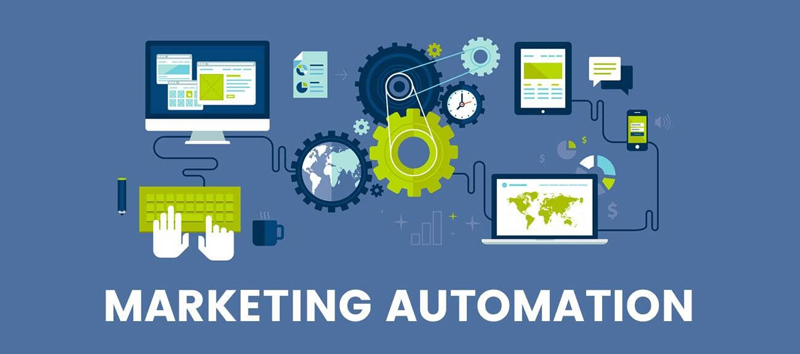
In today's digital age, marketing automation has become an essential tool for small businesses looking to streamline their marketing efforts, save time, and improve efficiency. Automated marketing tools can help you reach your target audience more effectively, nurture leads, and ultimately drive sales. In this article, we will explore some of the best-automated marketing tools of 2022 that can help take your small business to the next level.
1. Email Marketing Automation
Email marketing automation is one of the most popular and effective tools for small businesses to engage with their audience on a regular basis. By automating your email campaigns, you can send personalized and targeted messages to your subscribers based on their behavior and interactions with your brand. Some of the best email marketing automation tools for small businesses in 2022 include:
Features to look for in an email marketing automation tool:
- Segmentation capabilities to target specific groups of subscribers
- Drip campaign functionality to send a series of emails over time
- Personalization options to make your emails more relevant
- Analytics and reporting to track the performance of your campaigns
2. Social Media Management
Social media automation tools can help small businesses save time and stay active on multiple platforms without having to manually post content every day. These tools allow you to schedule posts in advance, monitor mentions and engagement, and analyze the performance of your social media campaigns. Some top social media management tools for small businesses in 2022 include:
Key features to look for in a social media management tool:
- Post scheduling capabilities for multiple platforms
- Social listening tools to monitor conversations about your brand
- Analytics and reporting features to track the success of your social media efforts
- Integration with other marketing tools for a seamless workflow
3. Marketing Automation Platforms
Marketing automation platforms provide a comprehensive solution for small businesses to automate their marketing processes across multiple channels. These platforms typically offer a range of features, including email marketing, lead generation, lead nurturing, and analytics. Some of the best marketing automation platforms for small businesses in 2022 include:
Key benefits of using a marketing automation platform:
- Centralized management of all marketing activities
- Lead scoring and segmentation for targeted campaigns
- Workflow automation to streamline processes and save time
- Integration with CRM systems for a unified view of customer data
4. Content Marketing Tools
Content marketing is an essential strategy for small businesses to attract and engage their target audience. Content marketing tools can help streamline the process of creating, publishing, and promoting content across various channels. Some of the best content marketing tools for small businesses in 2022 include:
Features to consider in a content marketing tool:
- Content creation tools such as editorial calendars and collaboration features
- Content distribution capabilities for sharing across different platforms
- Content optimization tools to improve SEO and drive organic traffic
- Analytics and reporting to measure the performance of your content
5. Customer Relationship Management (CRM) Software
CRM software can help small businesses manage and track customer interactions, leads, and sales opportunities in one centralized platform. By automating your customer relationships, you can improve customer retention, drive repeat business, and increase overall sales. Some of the best CRM software options for small businesses in 2022 include:
Benefits of using CRM software for small businesses:
- Improved customer communication and personalization
- Lead management and tracking for better sales conversions
- Integration with marketing automation tools for a seamless workflow
- Analytics and reporting to measure the effectiveness of your sales and marketing efforts
By incorporating these automated marketing tools into your small business strategy, you can streamline your marketing efforts, save time, and drive better results in 2022 and beyond. Whether you're looking to improve your email marketing, social media presence, content strategy, or customer relationships, there are a variety of tools available to help you succeed.






